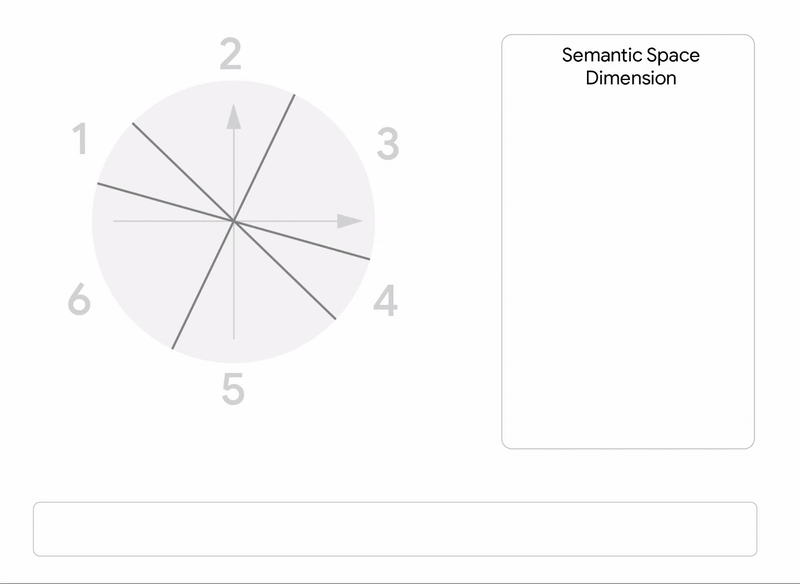🚨 Google Is Transforming Search Again

Years ago, Michael Bendersky and his team at Google published a groundbreaking research paper: Multi-Aspect Dense Retrieval. Its goal? To understand queries deeply—not as a single vector, but as a set of vectors, each representing different facets like:
- 🎨 Color
- 📏 Size
- ⚙️ Material
- 🧠 Ease of use
- 🌐 Intent type (e.g., eCommerce, forums, videos)
This approach allows Google to unify subtle differences in search intent. For example, when someone searches for “Breville juicer”, the engine must infer which aspect of the product matters most to that user in that moment.
But that was just the beginning.
📄 MUVERA — Multi-Vector Retrieval via Fixed Dimensional Encodings
This builds on the same idea—but now from the document side too. MUVERA enables multi-vector retrieval at the speed and cost of single-vector retrieval, solving a critical bottleneck in modern Information Retrieval (IR): the cost of relevance matching at scale.
🔍 Today’s Google Search Includes Three Ranking Layers:
- Passage Ranking
- Document Ranking
- Generated Passage Ranking (for AI Overviews and LLMs)
And behind the scenes, there are two semantic models:
- Statistical Semantics (fast, probabilistic)
- Sentential Semantics (precise, sentence-based relevance)
Why? Because as search grows more conversational, the system must compress and optimize the query → passage → document → AI response chain—without compromising relevance.
🔄 Retrieval + Re-ranking
The result: Google performs initial retrieval → re-ranking, using a proxy understanding of embeddings across multiple indices, converging toward the closest contextual match.
🧠 Architecture Behind the Magic
These fixed-dimension, multi-vector architectures are part of the same evolution that gave us PaLM—Pathways Language Model — where Google dynamically routes sequences based on topical paths and task-specific expertise.
🔥 The New BCAU Updates?
They’re likely part of this shift — bringing multi-vector retrieval and AI integration directly into the core of Search.
You’ll also notice Google Search Console (GSC) starting to highlight “Trends and Topics” rather than just “Queries and Questions” — a clear signal that topicality is becoming the new currency of relevance.
We started building for this future years ago — with Semantic SEO, Topical Authority, and embedding-based site architecture.
